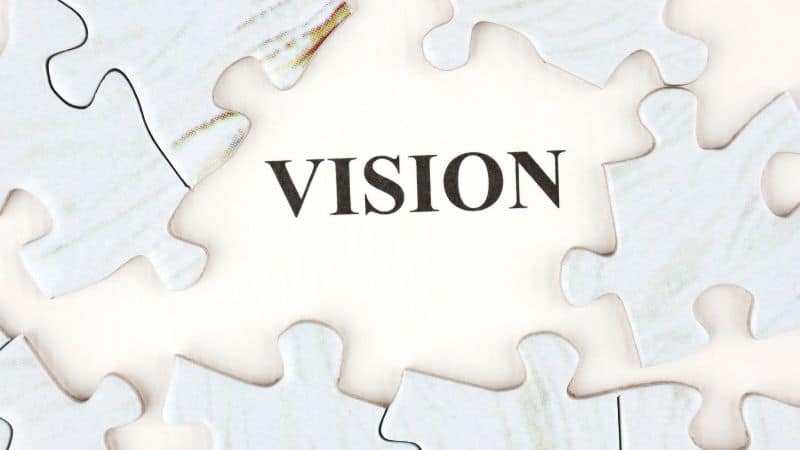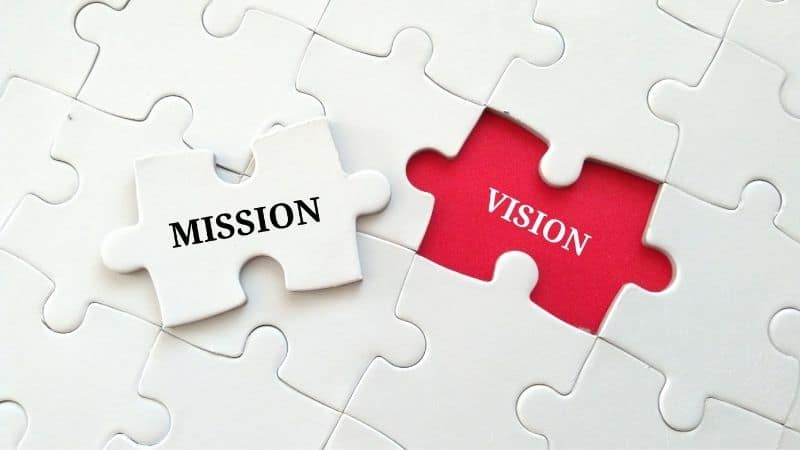Behavior and vision come together. Make your vision both specific and inspiring so it can guide your people’s behavior. Your vision is a pitch for the future and your behaviors are examples of what is to come.
It is an invitation for your employees to change their behaviors. It is safe to say that not every one of your employees has what it takes to live in the future of your organization. Everyone must commit to their vision.
To do that, everyone must commit themselves to change. Inspire your people to a shared vision.
What is behavior?
Behavior, in simple terms, refers to everything we do and how we act. It encompasses a wide range of activities and actions, from physical actions we can observe, like walking or talking, to less visible actions, such as thinking or feeling.
Behavior can be influenced by a variety of factors including genetics, culture, environment, and personal beliefs or attitudes.
In the context of an organization or workplace, behavior often refers to the actions and attitudes of individuals or groups towards their work, colleagues, and the organization as a whole. These behaviors can have a significant impact on the effectiveness and productivity of the workplace.
Positive behaviors can lead to a cooperative and efficient work environment, while negative behaviors can create conflict and reduce productivity.
Leadership behavior specifically refers to the actions and attitudes of those in leadership roles, and how these behaviors impact their teams and organizations. This can include behaviors like decision-making processes, communication style, how they handle conflict, and how they model the organization’s values and vision.
What is a vision?
A vision is a forward-looking statement or idea that guides an organization’s direction and decision-making. It paints a picture of what the organization aspires to achieve in the long term and sets a defined direction for its growth and evolution.
A vision is usually aspirational and ambitious, serving as a source of inspiration and motivation for all members of the organization.
It helps align everyone’s efforts and provides a common goal that everyone can work towards.
A well-articulated vision can help foster a sense of purpose and belonging among employees, contributing to higher morale and productivity.
In essence, a vision provides a roadmap for the future, offering a clear idea of where the organization is headed and what it hopes to achieve.
It’s a critical component of the organization’s strategic direction and is often accompanied by a mission statement (which defines the organization’s purpose or reason for existence) and core values (which guide the organization’s behaviors and decision-making).
Impact of Leader’s Behavior and Vision
Leadership in any organization is a critical role, perhaps even more so when it comes to shaping the future through vision.
Vision, in essence, is the leader’s picture of the future—a future where employees think, act, and behave in ways that are more effective and productive than today.
Yet, having a vision is only the first step. Leaders must strive to make that vision a reality by modeling the behavior they wish to see.
Consider a manager in a technology firm that aspires to foster an environment of constant innovation. His vision may be a workplace where every team member thinks creatively, suggests novel solutions, and is unafraid of failure. How does he make this vision come to life? He does so by modeling the behavior.
Firstly, he consistently shares new ideas and isn’t afraid to challenge the status quo. He welcomes criticism of his ideas and celebrates when an idea, though it might fail, sparks a trail of thought that leads to a better solution.
By doing so, he is creating a safe space for his employees to share their ideas and fail without fear, thereby embodying the future environment he envisions.
Secondly, imagine a CEO of a large corporation who envisions her organization becoming the industry’s gold standard for ethical business practices.
In this case, she ensures that her actions align with the highest ethical standards. She might reject a lucrative contract that conflicts with the company’s ethical guidelines or promote transparency by openly sharing the company’s financial standing with all employees. This behavior then sets a standard for all employees to follow.
These leaders are not just instructing their employees to behave in a certain way in the future; they are showing them how it’s done, right now.
They are walking the walk, embodying their vision in the present moment, as if to say, “This is who we will become. This is our future, and it starts with me.”
In essence, the vision is not just an image of the future—it’s an image that’s being created in the present by the leaders. As such, everyone in the organization is encouraged to follow their lead and align their behavior with this vision.
Remember, a vision without action is merely a dream. It’s the leader’s responsibility to bring this dream to life, one behavior at a time.
So, to all leaders, ask yourself this: Am I the embodiment of the vision I hold for my team or organization?
If not, it’s time to start modeling the way.









